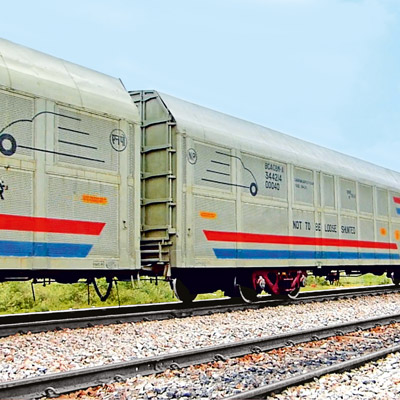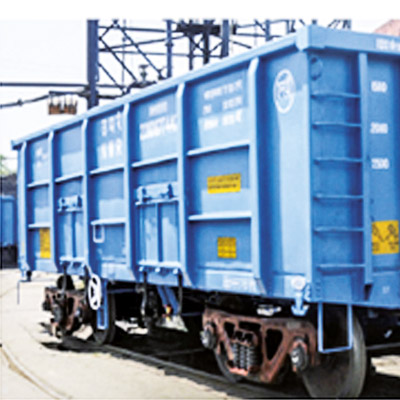
Monthly
Stainless Trivia
Fill in your answer below
Railway
The extensive applications of stainless steel in the railway industry highlight its exceptional qualities, foremost being its impact and fire resistance properties, ensuring the safety of passengers and goods. From complete rolling stocks, such as coaches and wagons, to foot-over-bridges, stainless steel demonstrates its ability to withstand the demanding conditions of railways, such as heavy loads, vibrations, and exposure to harsh weather. In addition to its durability, stainless steel offers energy-saving benefits, a lightweight design, and 100% recyclability, making it an ideal material choice for the railway industry.
Key Advantages of
Stainless Steel in Railway Segment
Corrosion resisant
Crash resistant
High strength-to-weight ratio
Light weight
Durable
Longer life and low life cycle cost
Contemporary finish
~100% recyclable



